Virtual Reality Vs Augmented Reality Vs Mixed Reality: Futuristic or Current Technologies?
Virtual Reality Vs Augmented Reality Vs Mixed Reality: Futuristic or Current Technologies?
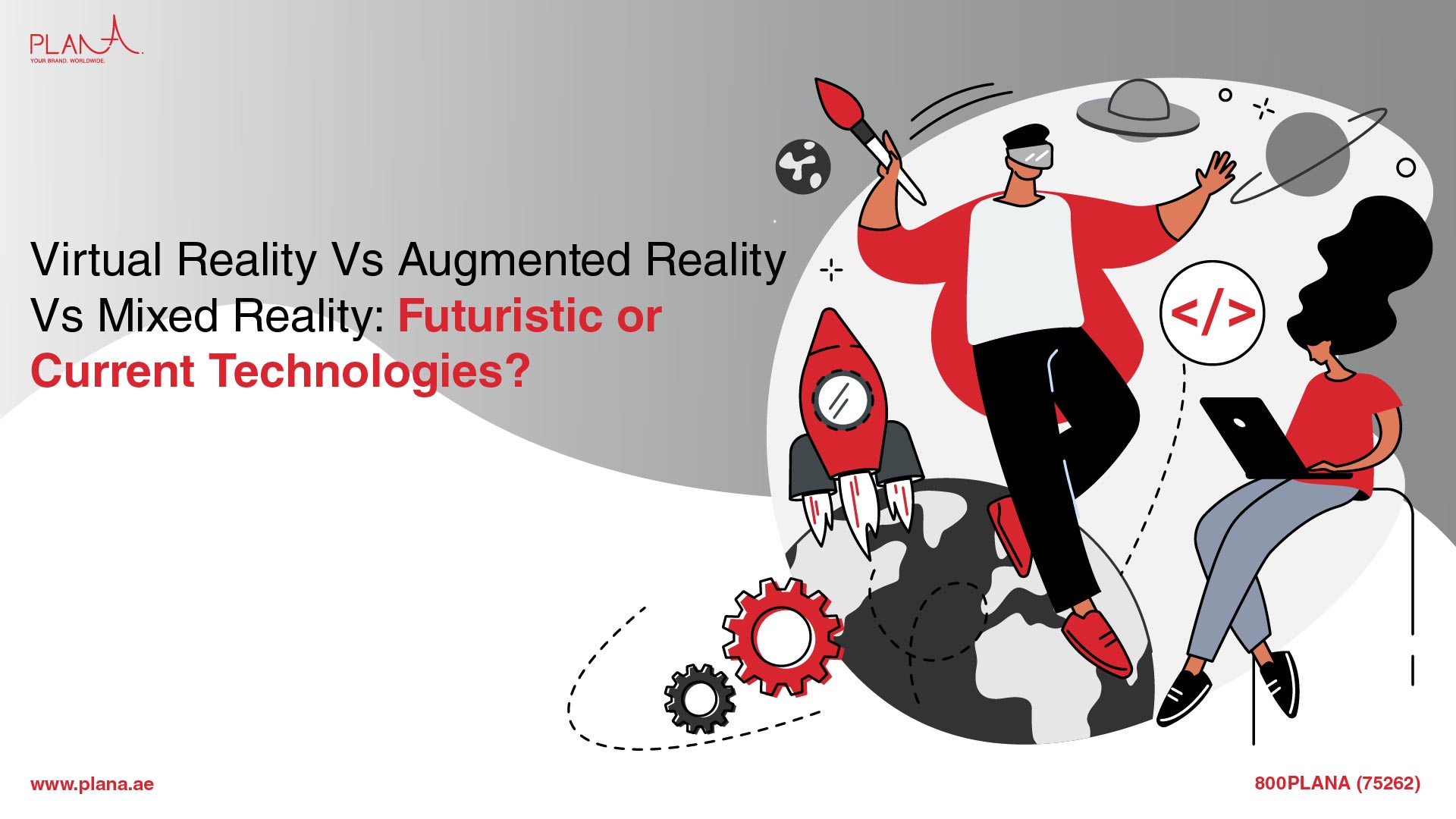
From the days of the View Master's thin cardboard discs containing seven stereoscopic 3D pairs of tiny color images to today's VR and its near relative AR, technology has gone a long way.
In fact, augmented reality, virtual reality and mixed reality are becoming more and more common in our newsfeeds as a result of significant investments made by industry heavyweights like Facebook, Google, Samsung, and many others betting on high-value returns.
When it comes to virtual reality vs augmented reality vs mixed reality, the difference can initially appear a little perplexing because so much is happening so quickly.
Nearly everyone can use each of these fascinating technologies, but before you spend your hard-earned money on the newest head-mounted display, let's look more closely at things you need to know for an incredible VR, AR, or MR experience.
While VR, AR, and MR have many similar characteristics, they are not the same thing. We go over the main distinctions, motivating factors, and application scenarios for these three excitingly linked technologies.
VR, AR, MR Applications—A Quick Overview
To fully utilize the potential of these new technologies, it is crucial to understand the following terms:
- Augmented reality (AR) is a view of the physical world with digital features superimposed on top.
- Mixed reality (MR) is a view of the physical world with a layer of digital materials over it, allowing for interaction between physical and digital elements.
- Virtual reality (VR) is an entirely immersive digital setting.
What is Virtual Reality (VR)?
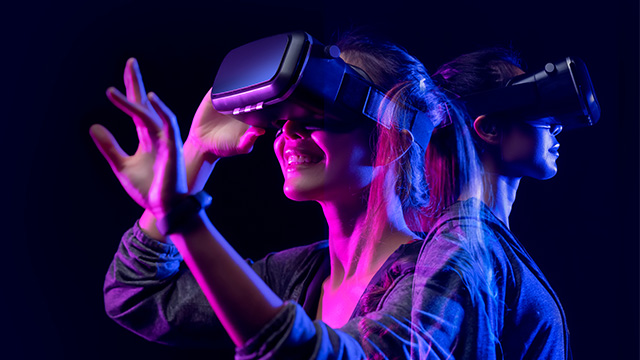
Technology called virtual reality (VR) enables the construction of completely immersive digital environments. The physical or real-world environment is completely obscured in VR experiences.
The virtuality continuum's fully virtual extreme is where VR experiences are placed. To experience virtual reality, you must put on a particular VR headset. There are independent VR headsets as well; among the most popular is Google Cardboard.
The majority of VR headsets are attached to a computer (Oculus Rift) or a game console (PlayStation VR). Most standalone VR headsets pair with smartphones so that you can insert your phone, put on the headset, and enter virtual reality.
Everyday Examples of Virtual Reality
The most popular uses of virtual reality are in entertainment, including video games, 3D movies, dark rides in amusement parks, and virtual social worlds.
Since early 1990s, video game firms first introduced consumer virtual reality headsets.
What is Augmented Reality (AR)?
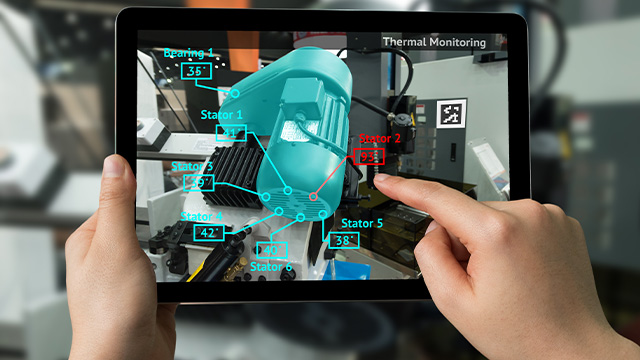
A technology known as augmented reality (AR) enables the superposition of digital elements inside the physical environment.
You can view a composite view of physical or real-world objects and digital elements during an AR session. Unfortunately, there is no communication between the digital and real-world components.
AR experiences are on the virtuality continuum's edge closest to the physical world. Many industries, including gaming, education, healthcare, and manufacturing, are being transformed by the capability to overlay digital things in the real environment.
Everyday Examples of Augmented Reality
In order to improve the experience, augmented reality overlays virtual data or even a virtual world on top of the already existing real-world surroundings.
Consider Pokémon Go as an illustration, where players look for animated characters that appear in their real-world surroundings on their phone or tablet.
What is Mixed Reality (MR)?
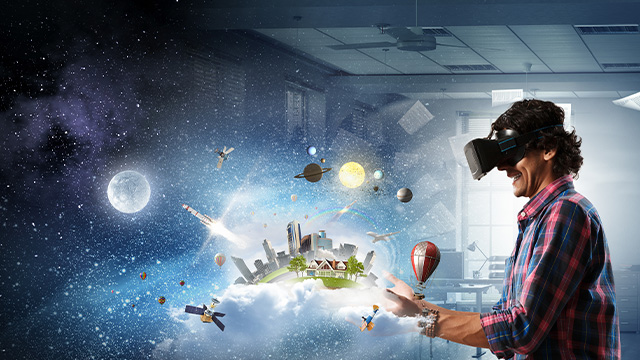
Real world and digital elements are combined in MR. Using cutting-edge sensing and imaging technology, you can interact with and manipulate both real-world and virtual objects and surroundings in mixed reality.
Without ever taking off your headset, mixed reality enables you to see and become fully immersed in the world around you while interacting with a virtual environment with your hands.
It enables you to have one foot (or hand) in the actual world and the other in an imaginary setting, bridging the gap between the real and the imagined, and providing an experience that might alter the way you work and play now.
Everyday Mixed Reality Examples
Virtual makeup applications, virtual furniture fitting, and Instagram or Snapchat filters are a few examples of mixed reality.
Mixed reality has become the ideal tool for marketing and information distribution since it highlights the essence of the natural world and promotes a digital environment with striking images.
How Does Augmented Reality Differ from Virtual Reality?
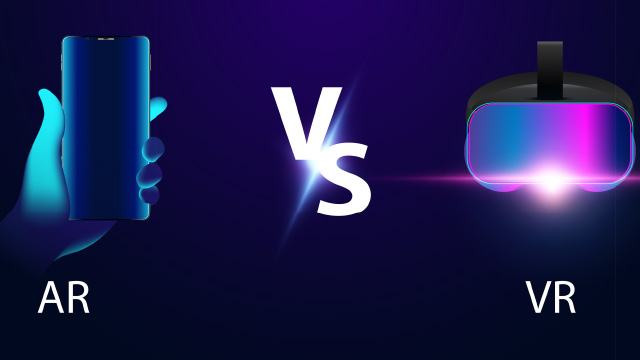
The basic idea behind augmented reality is to enhance the reality we now experience rather than replacing it. Hence, whereas VR will isolate you from your surroundings, AR will use your mobile device to insert digital items into your environment.
Giving customers advantages that were previously only available for in-store purchases is a fantastic application for augmented reality in retail.
This may involve trying on cosmetics, eyewear, or clothing. Moreover, augmented reality (AR) can be a useful tool for assisting clients in understanding the spatial presence of objects, such as placing furniture in a specific position to determine whether it would fit in a particular kitchen.
Read Also: How the metaverse will change the course of digital marketing?
How Is Mixed Reality Different from Augmented and Virtual Reality?
Similar to augmented reality, mixed reality will read your surroundings and add virtual elements to your environment rather than removing you from it.
To enjoy mixed reality, however, you will require a headset as opposed to augmented reality material, which can be accessed with a mobile device.
Although there may be some overlap in the use cases for MR and AR, mixed reality may, in some situations, allow for better interactivity with digital information because users can move around without having to grasp onto a mobile device. It also limits its appeal to the general public.
In contrast to mobile devices, which are anticipated to be used by more than 5 billion people worldwide, MR glasses are still in their infancy and are relatively expensive.
FAQs
How Is Augmented Reality Being Used in The Retail Industry?
Giving the user more and helpful information is another usage of augmented reality in the retail industry.
For instance, many businesses provide information to their customers before they even open the product, creating an interesting and highly functional experience for them.
What Is the Potential for Mixed Reality in The Healthcare Industry?
A mixture of virtual reality (VR) and augmented reality (AR), mixed reality (MR) applications have advanced significantly since their debut.
Medical professionals have started investigating MR capabilities in the healthcare industry in recent years after realizing the potential of these technologies when combined.
What Are Some of The Technical Requirements for Using Virtual Reality?
To utilize virtual reality, these are the technical requirements:
- Processor: Intel i3-6100/AMD Ryzen 3 1200, FX4350 or greater.
- Memory: 8 GB RAM.
- Alternative Graphics Card: NVIDIA GTX 960 4 GB/AMD Radeon R9 290 or greater.
- Graphics Card: NVIDIA GTX 1050 Ti/AMD Radeon RX 470 or greater.
- USB Ports: 1 x USB 3.0 port.
- Operating System: Windows 10.
How Does Augmented Reality Differ from Virtual Reality in Terms of User Experience?
Unlike VR, which is entirely virtual, AR leverages a real-world environment. While VR users are under the system's supervision, AR users have some influence over their presence in the actual world.
AR can be accessed with a smartphone, whereas VR needs a headgear device. In contrast to virtual reality, augmented reality (AR) improves both the actual and virtual worlds.
What Are Some Ethical Considerations Related to The Use of Virtual Reality?
Although virtual reality offers innumerable potential benefits, there has been much discussion regarding the ethical challenges that it poses. Behavioral and social dynamics, as well as physiological and cognitive effects, are some potential ethical ramifications of VR.
Can Virtual Reality Be Used for Training Purposes?
An immersive learning experience, virtual reality (VR) training imitates real-world environments and simulates workplace difficulties.
It offers staff members the option to receive on-the-job training in a risk-free setting where they may practice what they are learning. Virtual reality is not the future anymore, it’s the present!
Virtual Reality Vs Augmented Reality Vs Mixed Reality: The Takeaway
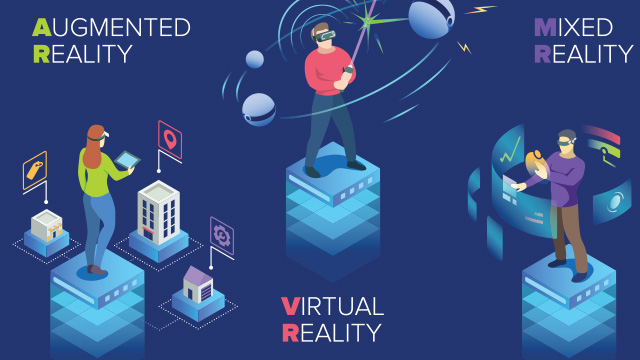
If we take into account the widespread appeal of the Pokemon Go phenomenon, AR has demonstrated a higher adoption rate. Today, all you need for augmented reality is a smartphone with a modern operating system, a good camera, and an AR app — there is no entry fee, and the entire world is your canvas.
The latest entry of Apple into the AR space promises to accelerate trends even further. There are undoubtedly some amazing niche uses for VR, but in our opinion, it's not profound. AR is significant.
Virtual reality appears to have a problem reaching a wider audience, despite having a longer history than AR or MR. This is primarily due to the expensive cost of purchasing a good VR headset, the physical discomfort from continuous use, and the lack of actual use cases for the technology.
Numerous industries may employ the technology to open up new possibilities when it comes to virtual reality vs augmented reality vs mixed reality. In the automotive business, for instance, virtual reality offers some intriguing possibilities.
Last but not least, mixed reality is the ideal fusion of the actual, augmented, and virtual worlds. Its uses are limitless. The time is near where engineers and designers would be able to physically control 3D models. In contrast to using screens or keyboards, mixed reality enables users to interact directly with their thoughts.
Related: What is the future of android mobile apps?
Get Help from Virtual Reality App Development Company in Dubai
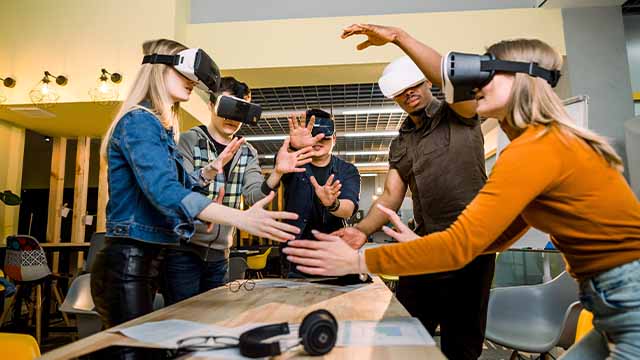
Hence, with the advent of digital technology and immersive 3D media, the world is about to see unprecedented growth. It's a rare chance for designers, engineers, and businesses to get involved in the transformation.
Are you ready to take your digital experiences to the next level? Look no further! Our mobile app development company in Dubai is here to bring your wildest AR, VR, and MR ideas to life on both mobile and web platforms.
From immersive gaming to cutting-edge marketing campaigns, we've got you covered. Let's create something truly extraordinary together. Contact us now!
